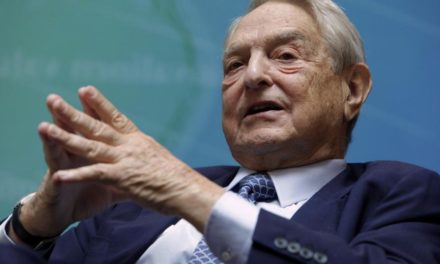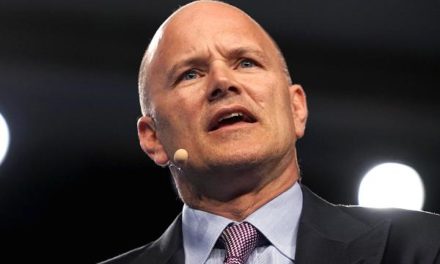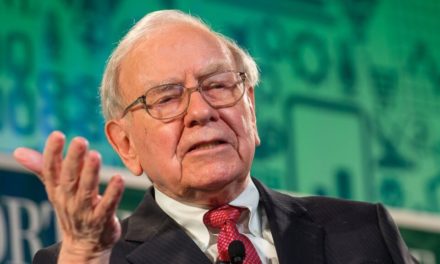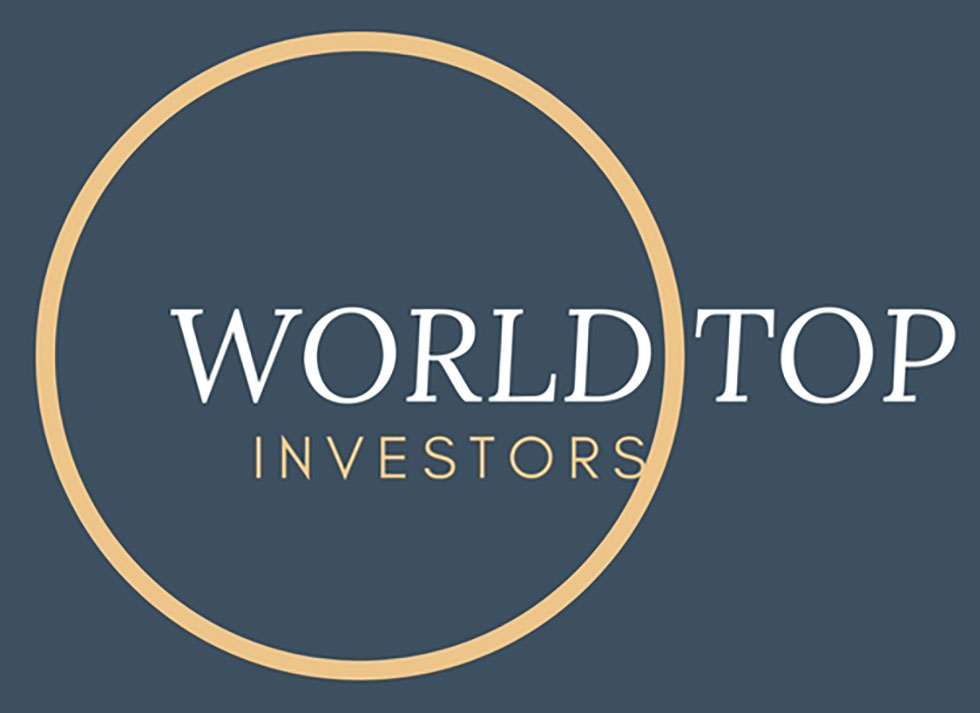The number of under performing hedge funds grows despite the advent of a quantitative firm using cutting edge technologies in artificial intelligence, machine learning, and big data analysis.
John Overdeck co-founder of New York-based Two Sigma is one such quantitative firm with 51 billion USD (2017) AUM and it still struggles to make money.
Two Sigma’s Compass fund also joined the list of under performing hedge funds.
The fund trades commodities and currency futures across markets. But the fund is down 5.7% this year and lost money for its investors in January and February.

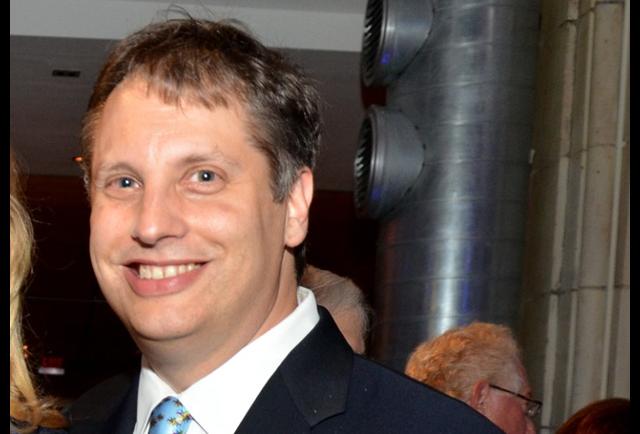
John Overdeck co-founder of New York-based Two Sigma is one such quantitative firm with 51 billion USD (2017) AUM and it still struggles to make money.
Under performing hedge funds grew during last month’s February stock market correction which could be the beginning of a new bear market cycle in stocks.
February was particularly bad for quant funds, as stocks rallied into January and then fell 8.6% in early February. The computer-driven funds seemed unable to cope with a rally followed by a spike in volatility to the downside and were left nursing an average of 3.7% monthly losses. That was their worse monthly loss for computer-driven funds since at least 2008, according to data compiled by Hedge Fund research.
In short, Artificial Intelligence quant traders lagged behind their human equivalent. So perhaps Artificial Intelligence really isn’t that smart after all and maybe the fear that human traders will be made obsolete by quants is misplaced too.
In response to Two Sigma joining the list of under performing hedge funds this is what David Siegel, co-founder of New York-based Two Sigma had to say in a Bloomberg interview;
“We’ve had easy money for a long time; that cannot go forever and I think we are in a period of adjustment,” Siegel said. “We’re in the middle of it right now, so it’s hard to say how this unfolds. But fundamentally the world is pretty good.”

“We’ve had easy money for a long time; that cannot go forever and I think we are in a period of adjustment. We’re in the middle of it right now, so it’s hard to say how this unfolds. But fundamentally the world is pretty good”
DAVID SIEGEL
Under performing hedge fund grows when there is a lack of volatility. Many hedge fund managers have been complaining about the lack of volatility with the Volatility Index (VIX) recently hovering endlessly around historic lows.
A look at the chart of the CBOE Volatility Index and you’ll notice that the VIX has been fluctuating around its historic lows, between a VIX reading of 9 and 11 during September last year to January. Then in early February last month, there was a sudden spike in the VIX above 30 which suggest fear is gripping investors traders.
A VIX reading above the long-term average of 20 suggests fear in the market.
So with volatility back why are under performing hedge funds growing?
February should have been bumper profits for the hedge fund industry, bearing in mind that hedge funds use a combination of long and short derivatives to profit from the market volatility.
For hedge funds, it really doesn’t matter whether the market falls or rises what matters is how the fund manager positions the fund’s portfolio to capture, profit from the market volatility. It is similar to a sailor who orientates his sails according to which way the wind blows.
The lack of volatility can no longer be blamed by the hedge fund managers as a culprit for dismal profits
But surprisingly with volatility back in February under performing hedge funds grew last month.
Hedge Fund returns overall fell 2.19 percent in February, which wiped out January’s profits leaving many funds nearly unchanged for the year up just 0.07 percent, according to the latest numbers out of the Bloomberg Hedge Fund Database. In other words, when factoring in management fees the number of under performing hedge funds have grown leaving investors with losses.
The lack of volatility can no longer be blamed by the hedge fund managers as a culprit for dismal profits. In February there was a 47 percent spike in the VIX Index, a 3.9 percent drop in the S&P 500 and as 10-year yields retreated to 2.86 percent.
The steepest drop for both February was registered by Commodity Trading Advisors/Managed Futures strategies, falling 6.01 percent in the month and 3.02 year to date. Macro Funds also saw the second-largest monthly drop, giving up 2.31 percent, under performing the hedge fund database by 12 basis points.
For most of 2017 hedge funds under performed both their benchmark and the broader market
So with volatility back and as under performing hedge funds grow one wonders how the hedge fund managers are going to explain their dismal return this time.
For most of 2017 hedge funds under performed both their benchmark and the broader market.
The excuse they gave back then for not generating alpha was a lack of volatility.
But with volatility in the markets in the first quarter of 2018 present it is to date still not providing a tailwind for hedge fund profits.
“Fixed Income Relative Value funds followed closely at up 1.02 percent for the year after barely breaking even for the month. Event Driven funds were also in the black, up 0.92 percent for the year, overcoming a monthly of 0.99 percent.
Health Care-focused funds were down 0.64 percent in February, reversing gains in January of 4.6 percent. Energy-focused funds dropped 3.7 percent for the month, after gaining 2.6 percent in January,” as reported in Bloomberg.
Here are the top and bottom performing funds of 2018.
Notice how the bearish funds occupy the top 20 performers and that shouldn’t come as no surprise to our readers, after all, we were somewhat skeptical about the legendary investor Bill Miller’s 30% stock market melt-up view.
Moreover, as I write this piece Morgan Stanley has just taken to the stage to say that the stock market melt-up is over. So under performing hedge funds grow and probably will continue to do so.
Why?
The industry is currently operating like an exclusive gentleman’s club and might need a wider talent pool.

